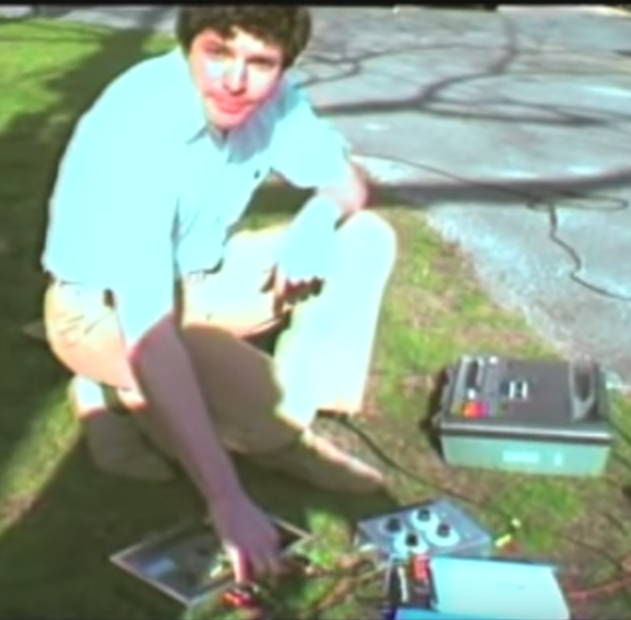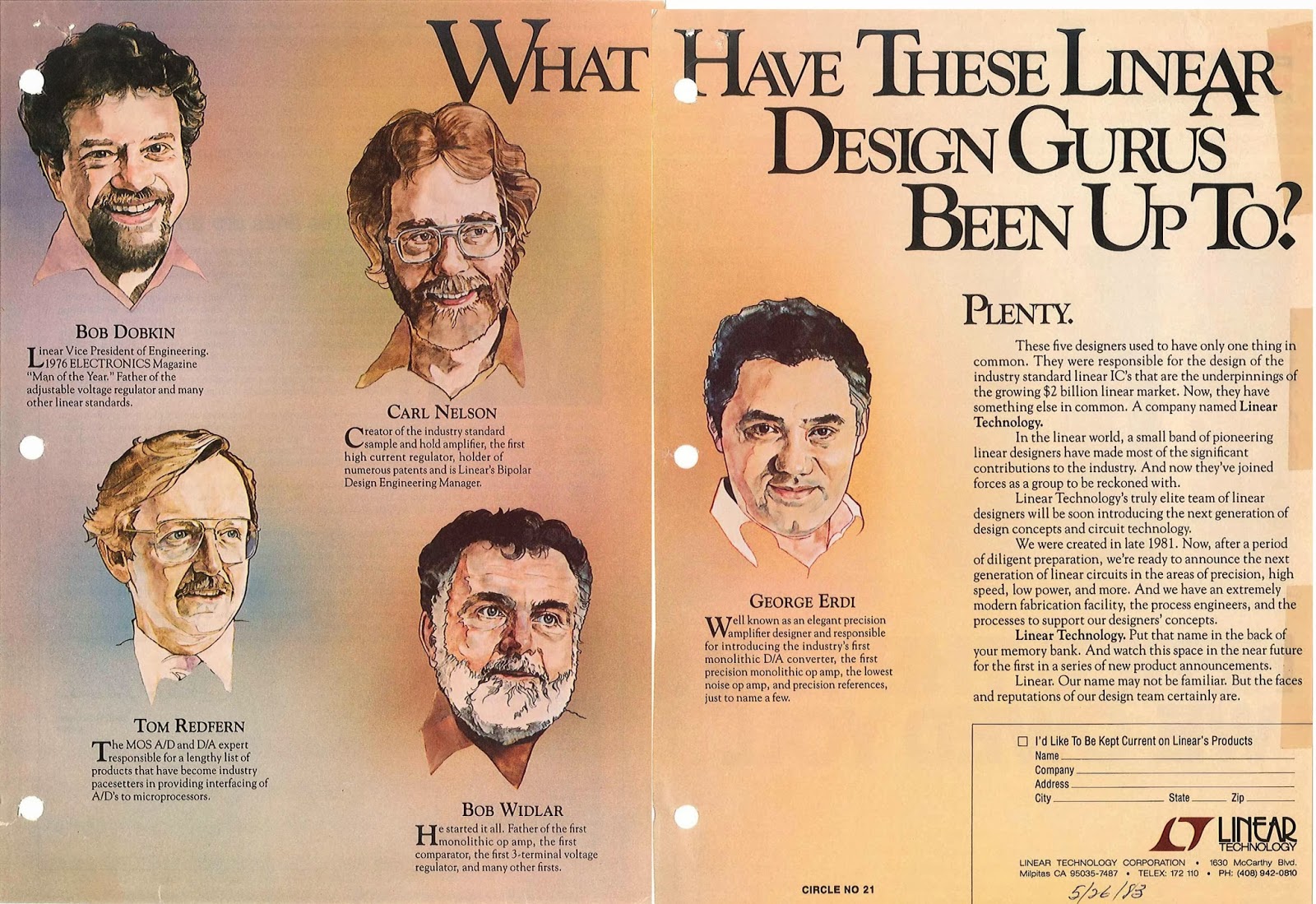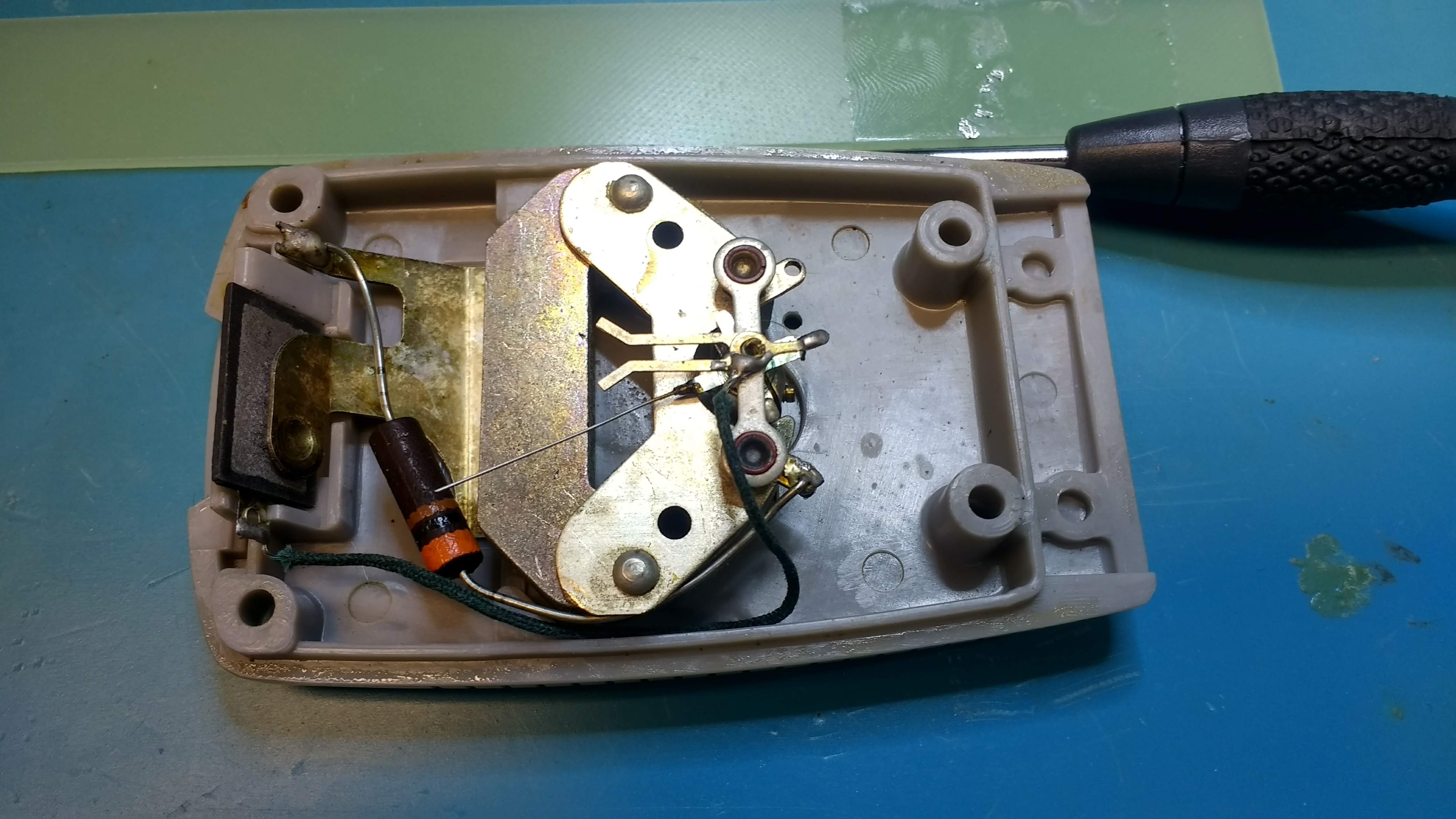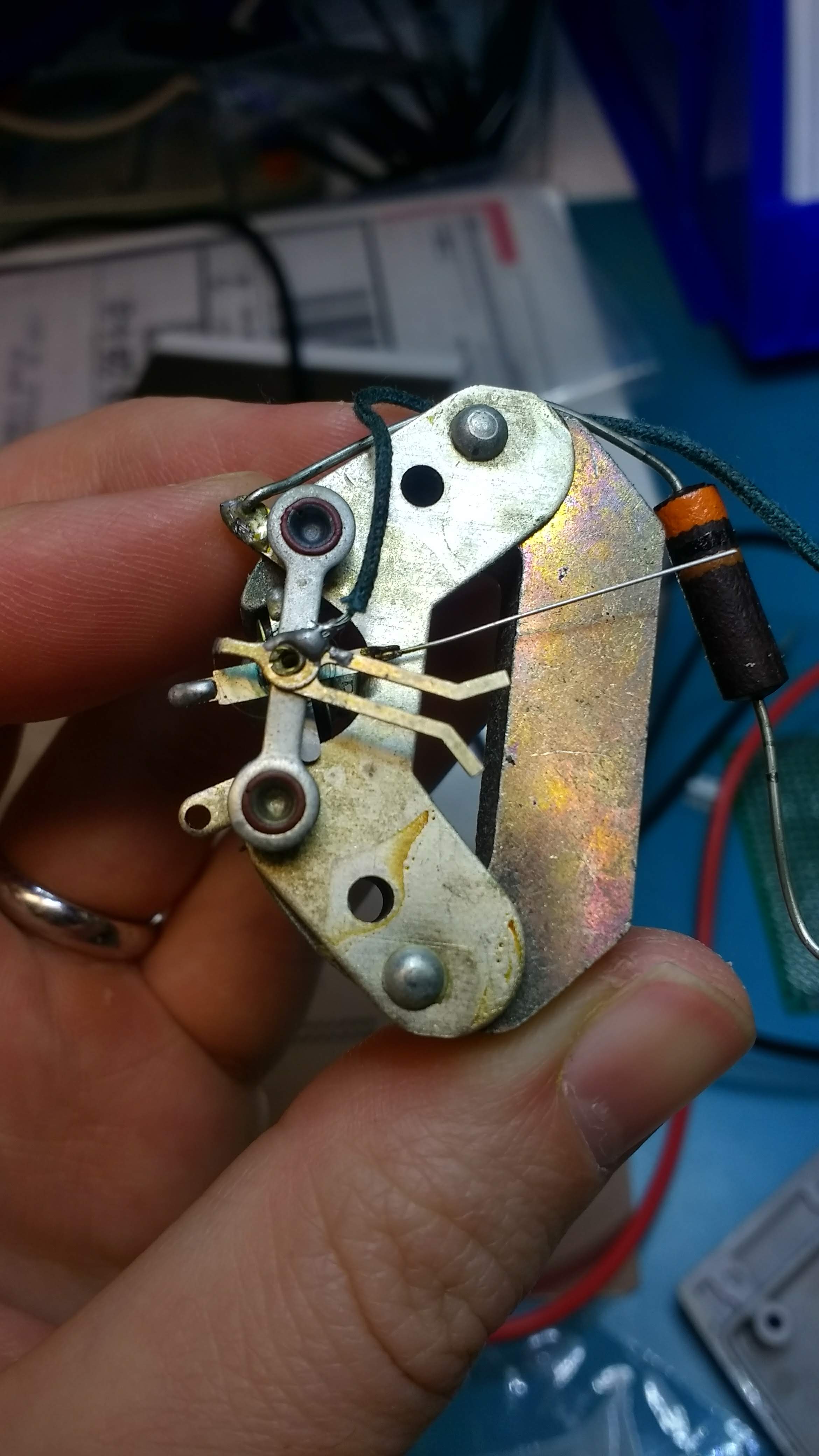I just stumbled across this gem of an old video from MIT. It was made between 1983 and 1984, and stars Sidney Coleman, Ed Purcell, Paul Horowitz, and Isaac Silvera.
I’m a huge fan of Paul Horowitz, his Art of Electronics books have taught me much of what I know about electrical engineering. There isn’t a lot of info about him online, he seems to mainly keep to himself despite being a celebrity among electronics nerds.
The experiment they are performing is described in more detail at the bottom of this page: http://hyperphysics.phy-astr.gsu.edu/hbase/Nuclear/nmr.html
A large magnetic field is applied to a sample of hexane (a straight chain hydrocarbon with 6 carbon atoms and 14 hydrogen atoms) which causes 1 in $latex 10^{7}$ of the protons to align with this strong magnetic field. Once the field is turned off, the protons precess around the earth’s magnetic field. They do this at the Larmor frequency of approximately 2-3kHz (https://en.wikipedia.org/wiki/Earth%27s_field_NMR).




L.jpg)

